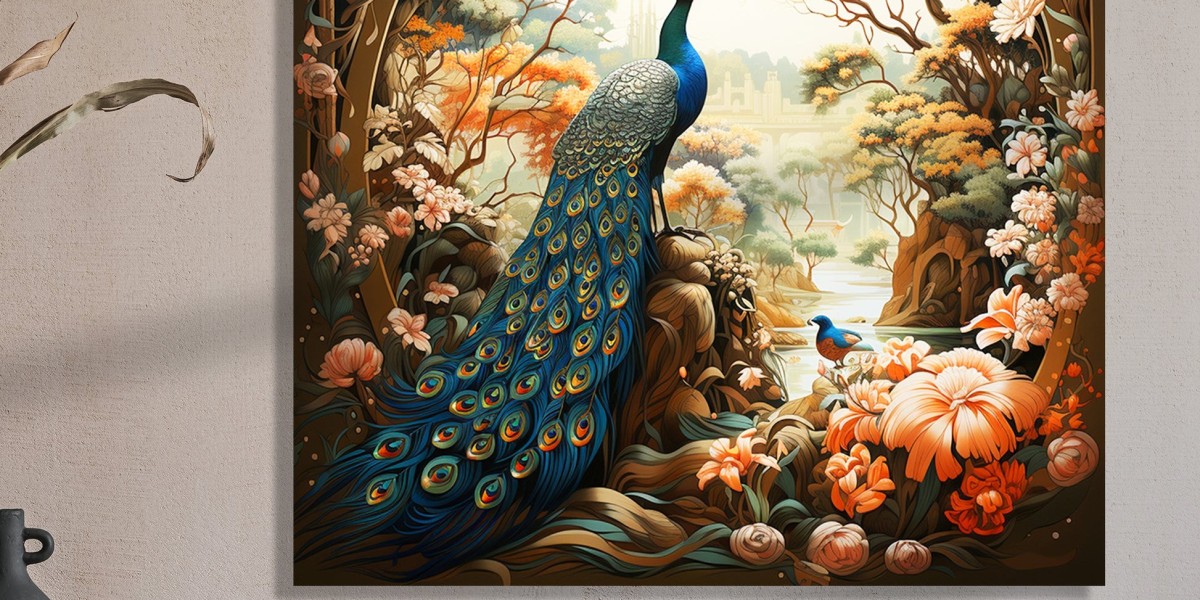Introduction:
Peacock Tanjore painting is a classic art form that originated in the town of Thanjavur (formerly known as Tanjore) in Tamil Nadu, India. Renowned for its rich colors, intricate designs, and opulent appearance, this style of painting has captivated art enthusiasts for centuries. In this article, we delve into the history, technique, and significance of Peacock Tanjore painting, exploring why it continues to be cherished as a timeless masterpiece.
History:
The roots of Tanjore painting can be traced back to the 16th century, during the reign of the Nayakas of Thanjavur, who were great patrons of art and culture. It flourished under the Maratha rulers in the 17th and 18th centuries, reaching its zenith during the reign of Serfoji II (1798–1832) of the Bhonsle dynasty. During this period, Tanjore painting underwent significant development, blending indigenous styles with influences from the Mughal, Deccan, and European schools of art.
Themes and Motifs:
Peacock Tanjore paintings often feature vibrant depictions of peacocks, a symbol of grace, beauty, and immortality in Indian mythology. These majestic birds are portrayed amidst lush landscapes, adorned with intricate patterns, and embellished with gold foil to create a luxurious effect. Other common motifs include gods and goddesses from Hindu mythology, scenes from epics like the Ramayana and Mahabharata, as well as royal portraits and courtly scenes.
Technique:
One of the distinguishing features of Tanjore painting is its use of rich, vivid colors and embellishments. The process typically begins with a preliminary sketch drawn on a canvas or wooden panel. Next, the outline is traced with a mixture of chalk powder and arabic gum, known as "arishtam." This creates a raised surface, providing depth and texture to the painting. The colors are then applied, using natural pigments derived from minerals, vegetables, and precious stones. Finally, the artwork is adorned with gold leaf or foil, known as "nakshi," which adds a dazzling sheen to the finished piece.
Significance:
Peacock Tanjore paintings hold immense cultural and religious significance in South India. They are often used as devotional objects in households and temples, serving as a means of worship and meditation. The intricate designs and vibrant colors are believed to invoke a sense of spirituality and transcendence, elevating the viewer to a higher state of consciousness. Moreover, these paintings are cherished as heirlooms, passed down through generations as a testament to the region's rich artistic heritage.
Conclusion:
In conclusion, Peacock Tanjore painting stands as a testament to the exquisite craftsmanship and artistic brilliance of the Indian subcontinent. With its intricate designs, vibrant colors, and lavish embellishments, it continues to enchant viewers around the world, transcending boundaries of time and culture. As we marvel at these timeless masterpieces, we are reminded of the enduring legacy of Tanjore painting and its profound impact on the world of art and aesthetics.







